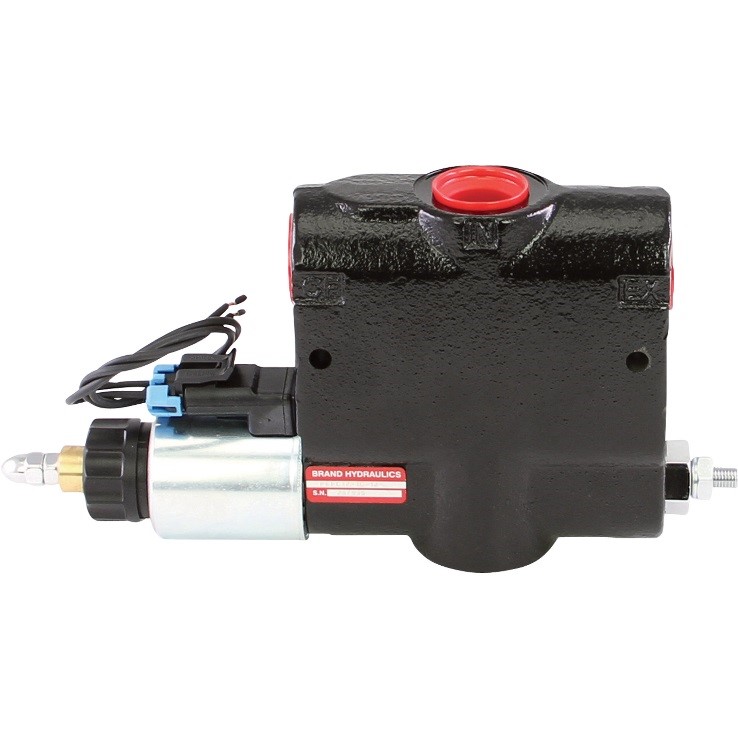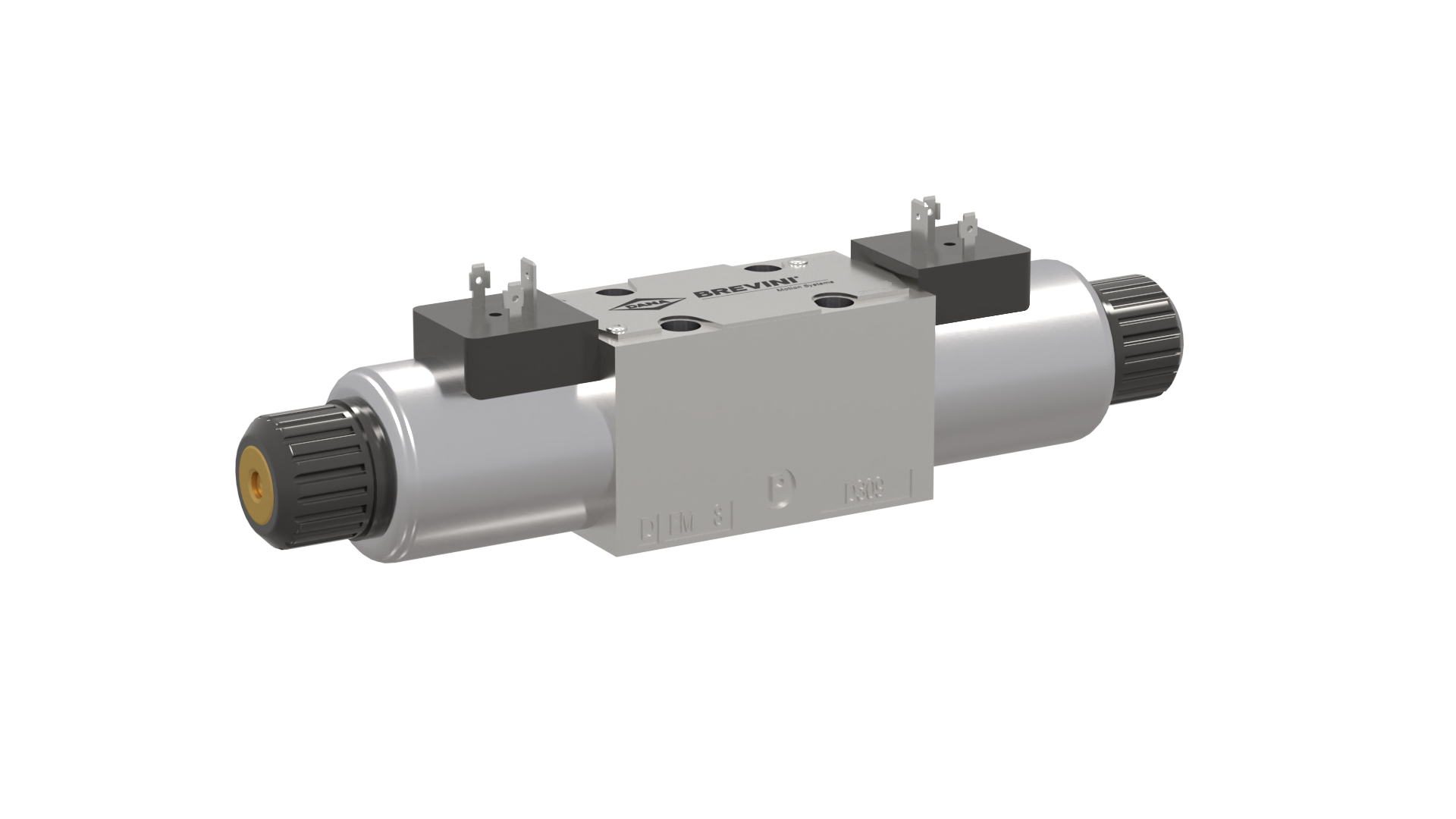The Function of Control Valves in Liquid Circulation Administration Solution
The Function of Control Valves in Liquid Circulation Administration Solution
Blog Article
Achieve Seamless Combination and Control With Top Quality Building Automation Controls
In the world of modern-day structure management, the importance of high quality structure automation controls can not be overemphasized. Welcoming high quality structure automation controls is not merely an issue of convenience but a calculated critical for organizations aiming to enhance their facilities' performance and sustainability.

Evolution of Structure Automation Controls
Throughout the past couple of decades, the advancement of constructing automation controls has actually dramatically transformed the way structures are handled and operated. Initially, constructing automation systems primarily concentrated on standard functions such as regulating ventilation, air, and heating conditioning (COOLING AND HEATING) systems. Nevertheless, as innovation progressed, these controls have actually come to be more advanced, allowing for a larger array of building systems to be incorporated and taken care of centrally.
The development of developing automation controls has seen a change towards even more smart systems that can adjust to altering problems in real-time. This adaptability is essential for enhancing energy performance and ensuring resident convenience. Furthermore, modern-day building automation controls currently offer attributes such as anticipating upkeep, remote tracking, and data analytics, allowing facility supervisors to make data-driven choices to improve structure efficiency.

Benefits of Quality Combination
The advancement in building automation manages in the direction of more intelligent systems has actually emphasized the significant advantages of quality combination in maximizing building operations and improving overall effectiveness. This central control additionally offers far better visibility and understandings into structure efficiency, enabling positive upkeep and optimization approaches. Generally, the advantages of top quality assimilation in structure automation controls are obvious, offering increased efficiency, comfort, and operational effectiveness.
Enhanced User Experience and Ease Of Access
Enhancing user communication with structure automation regulates via instinctive layout and boosted access boosts the total experience for passengers and center managers alike. By concentrating on user experience, building automation systems can become more reliable and straightforward. Instinctive user interfaces, clear navigation, and customizable settings encourage customers to engage with the controls quickly and successfully.
Availability functions play a critical duty in making sure that all individuals, consisting of those with disabilities, can make use of the structure automation controls with ease. Incorporating features such as voice commands, tactile switches, and color-contrasted screens can enhance accessibility and make the controls extra comprehensive.
Additionally, improved user experience leads to greater individual fulfillment, enhanced productivity, and far better decision-making. Owners can adjust ecological setups according to their preferences, while facility supervisors can successfully monitor and take care of structure systems - control valves. In general, focusing on individual experience and accessibility in building automation regulates adds to an extra productive and smooth building setting for all stakeholders involved
Sustainable Practices With Automation

In addition, automation can help with the combination of eco-friendly energy sources such as solar panels or wind generators into building operations. With automation, buildings can line up with contemporary sustainability objectives and add to a greener future.
Future Trends in Structure Control Systems
One noticeable pattern forming the future of building control systems is the raised combination of Artificial Knowledge (AI) and device learning. In addition, the Internet of Points (IoT) is transforming structure control systems by linking tools and sensors to improve visit this web-site and streamline operations performance.
One more crucial trend is the emphasis on cybersecurity actions to protect against possible threats to developing automation systems. As structures become a lot more interconnected, guaranteeing visit durable cybersecurity methods will be necessary to protect delicate information and prevent unauthorized accessibility.
Moreover, the shift in the direction of cloud-based platforms is getting energy, permitting streamlined control and remote accessibility to structure systems. This helps with much easier tracking, maintenance, and updates, enhancing the overall performance and adaptability of structure control systems. As innovation proceeds to breakthrough, these patterns are expected to shape the future landscape of building automation controls, driving advancement and sustainability in the developed environment.
Conclusion
Future patterns in building control systems are likely to concentrate on further improving automation capabilities for enhanced power efficiency and general performance. It is important for structure owners and drivers useful site to focus on the fostering of quality building automation regulates to maximize building procedures and accomplish long-term sustainability goals.
In the realm of modern structure management, the significance of quality building automation controls can not be overstated. In general, the advancement of structure automation regulates continues to drive advancement in the structure management sector, providing brand-new opportunities for developing smarter and extra lasting structures.
The innovation in building automation regulates in the direction of even more smart systems has underscored the significant advantages of quality assimilation in enhancing structure operations and improving general efficiency. Overall, focusing on customer experience and ease of access in structure automation manages adds to an extra seamless and productive structure atmosphere for all stakeholders entailed.
It is important for structure proprietors and drivers to focus on the adoption of high quality structure automation regulates to maximize building operations and accomplish lasting sustainability goals. - control valves
Report this page